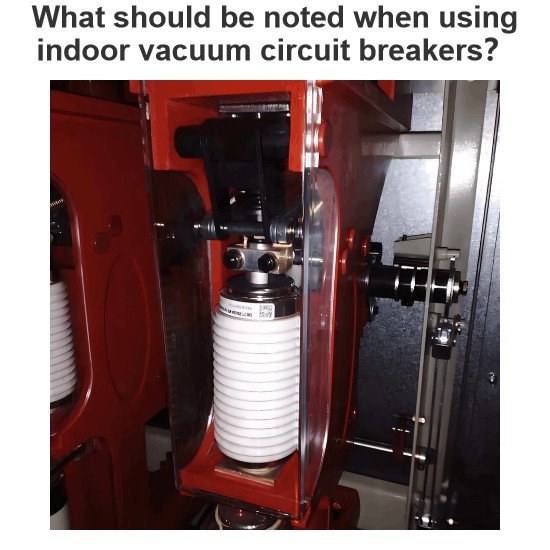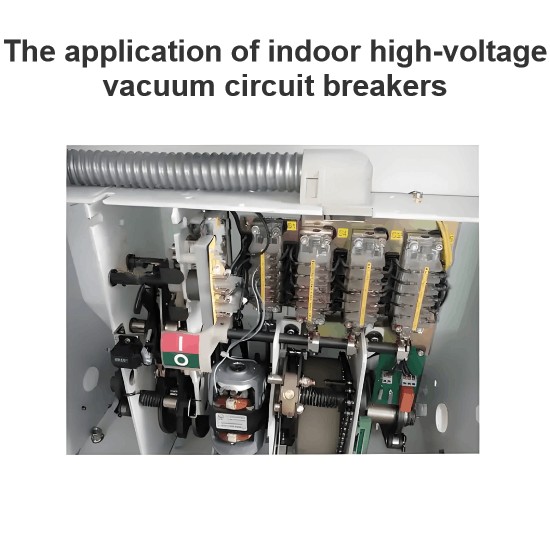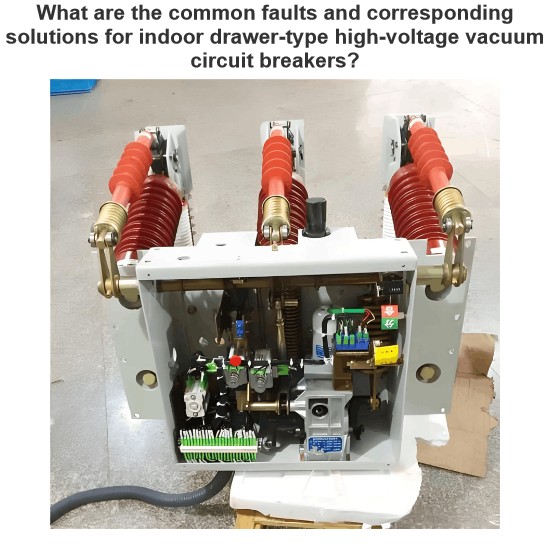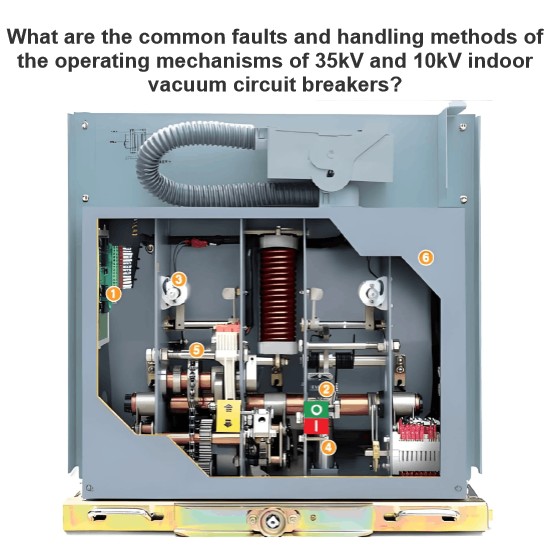What are the similarities and differences between DC MCCB and DC MCB?
Similarities Between DC Molded Case Circuit Breakers (MCCB) and DC Miniature Circuit Breakers (MCB)
Basic Function: Both provide overload and short-circuit protection, ensuring that the circuit is automatically interrupted when the current exceeds a set value to prevent equipment damage or safety hazards such as fires.
Operating Principle: They both use thermal-magnetic or electronic trip mechanisms to detect abnormal currents and trigger disconnection based on preset conditions.
Application Scope: Both can be applied in DC power systems, such as solar photovoltaic systems, electric vehicle charging stations, and uninterruptible power supply (UPS) systems in data centers.
Safety Standards: To ensure safety, both types of breakers must comply with relevant international standards, such as IEC 60947 for MCCBs and IEC 61009 for MCBs.
Differences Between DC Molded Case Circuit Breakers (MCCB) and DC Miniature Circuit Breakers (MCB)
Rated Current and Breaking Capacity:
DC Molded Case Circuit Breaker (MCCB): Typically has a higher rated current (up to 1600A or more) and a greater breaking capacity (up to 150kA), suitable for main switches and branch circuit protection in industrial, commercial, and large residential distribution systems.
DC Miniature Circuit Breaker (MCB): Has a lower rated current, generally ranging from a few amperes to several hundred amperes, used primarily in homes, small commercial buildings, and for protecting small electrical appliances requiring precise protection.
Size and Installation Method:
MCCB: Larger in size, designed for fixed installation in distribution panels or switchgear, usually requiring professional electricians for installation and maintenance.
MCB: Compact in design, easily installed on standard 35mm DIN rails, suitable for embedded installation in distribution boards or terminal distribution boxes, making them user-friendly for self-installation.
Operational Characteristics:
MCCB: Equipped with a manual operating handle for local manual opening and closing; many models also support remote control and monitoring functions, which can be integrated into automation control systems via communication interfaces.
MCB: Generally only provides manual operation and does not support remote control features, though some high-end models may include these capabilities.
Application Context:
MCCB: Due to its larger capacity and stronger breaking capability, it is more commonly used as the main switch in distribution systems or for protecting high-power loads.
MCB: Primarily used for end-circuit protection, such as lighting, sockets, and other low-power devices.
Cost:
MCCB: Higher in cost due to its higher performance parameters and technical complexity.
MCB: Lower in cost, being one of the most common and economically affordable types of circuit breakers on the market.
In summary, the choice between a DC molded case circuit breaker and a DC miniature circuit breaker depends on specific application requirements, including the required current rating, space limitations, budget considerations, and whether remote control functionality is needed.
The Electricity Encyclopedia is dedicated to accelerating the dissemination and application of electricity knowledge and adding impetus to the development and innovation of the electricity industry.













